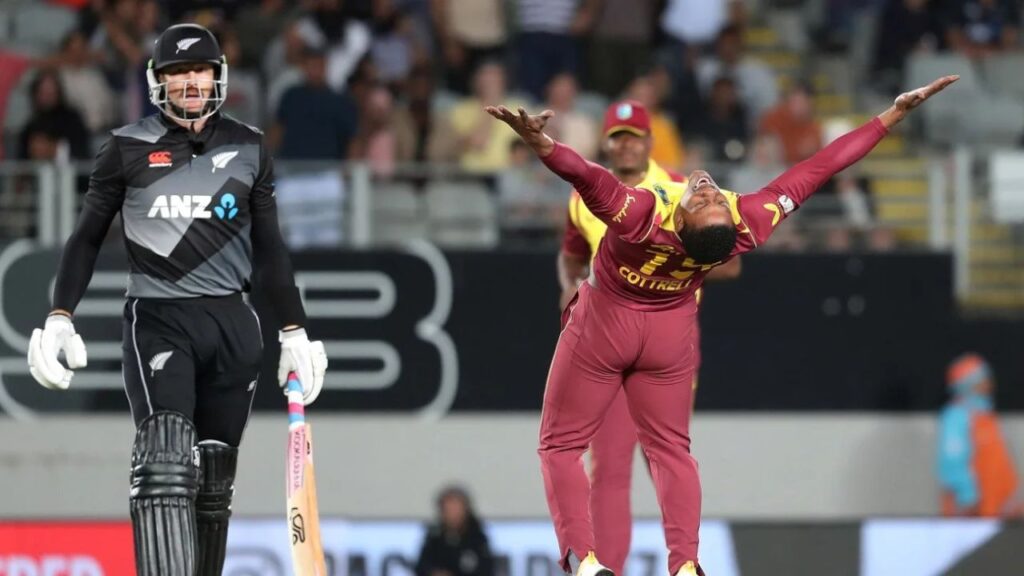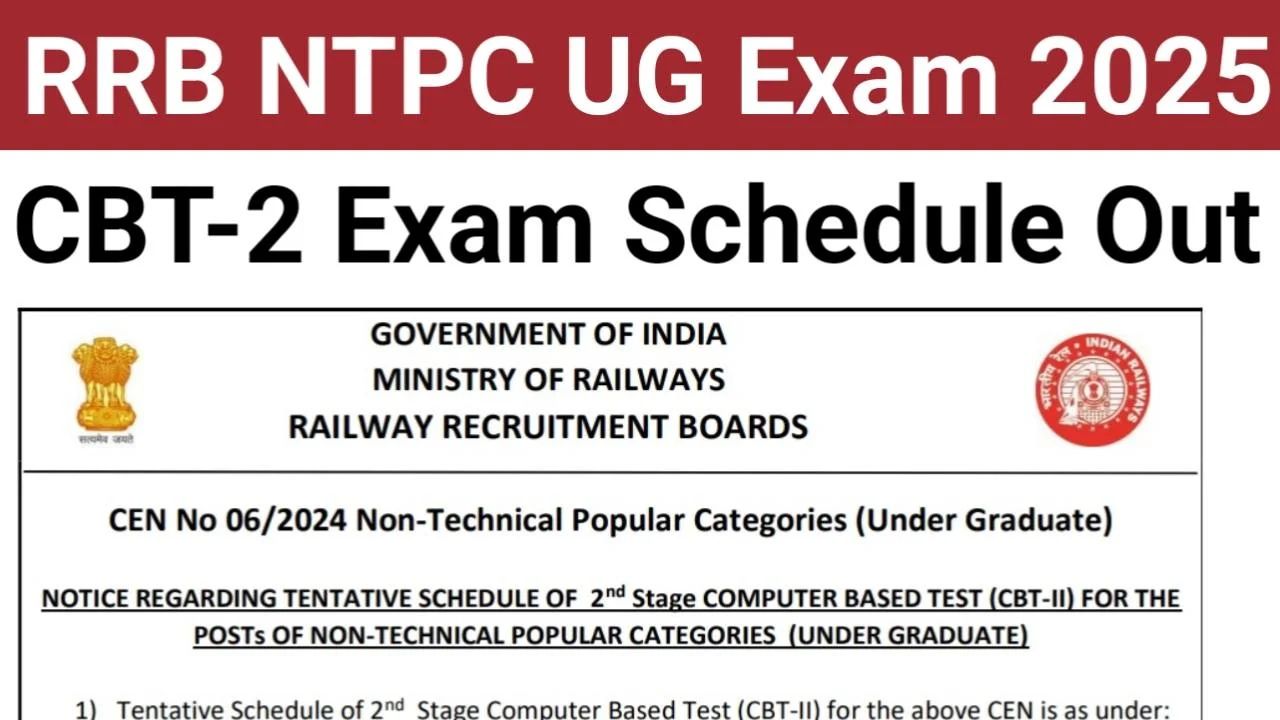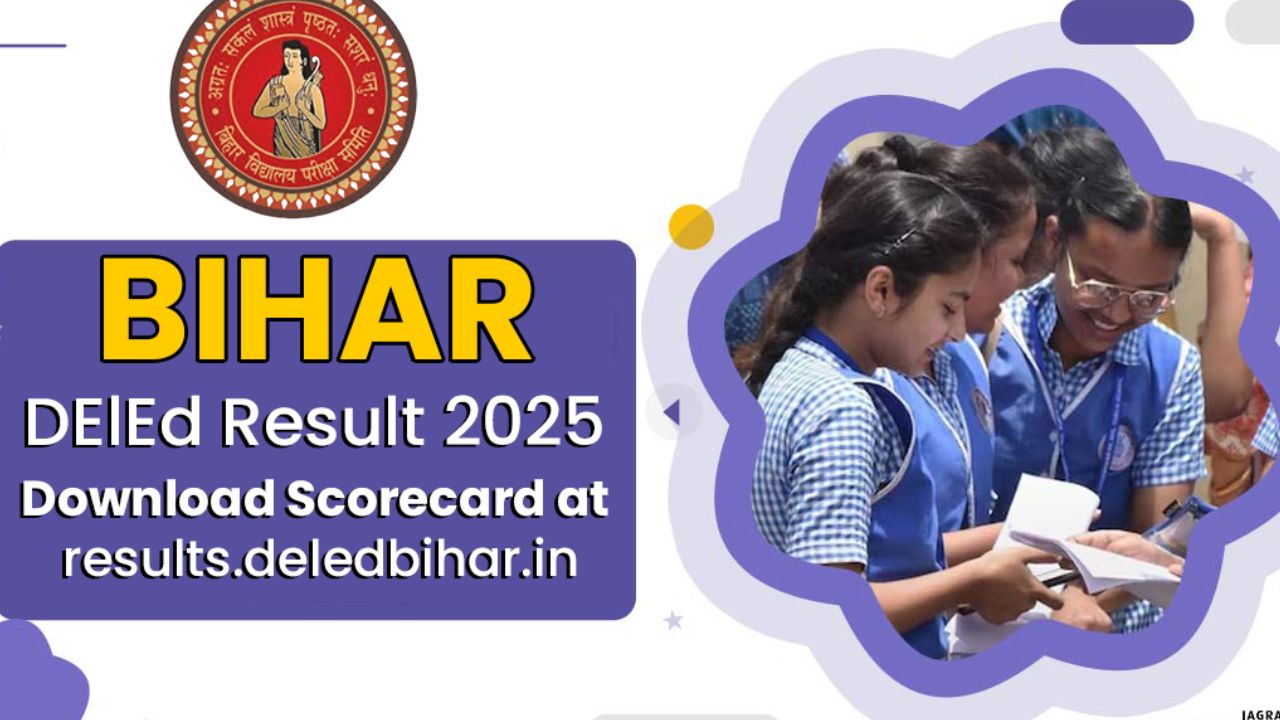West Indies vs New Zealand: A huge match is about to take place between these two teams Let’s find out who wins!

Introduction
West Indies vs New Zealand: brings fast, skillful cricket and a chance for families to talk about teamwork, respect, and the right for everyone to enjoy sport safely and fairly across all communities. The 2025–26 tour opens with a five‑match T20I series at Eden Park, with New Zealand choosing to bowl first and pace spearheads fit and ready, while West Indies arrive confident after recent T20 success and a deep bench of power hitters and clever bowlers. This article blends match insights with inclusive values so both children and adults can read, learn, and cheer together, while also using search‑friendly terms to help more fans find useful, cricket stories online.
Series snapshot
New Zealand host West Indies for T20Is at the start of an all‑format tour, setting up a lively clash between home‑condition expertise and visiting momentum that makes every powerplay and death over feel like a mini‑final for young and seasoned fans alike. Eden Park’s opener features New Zealand opting to field, aiming to use conditions and boundary dimensions to shape the chase, with Kyle Jamieson declared fit to play after injury, offering bounce and excitement for pace lovers. Schedules, live blogs, and streaming options are widely available, making it easy for families to plan a watch‑party or a post‑homework highlights session together.

What to watch: players and plans
New Zealand’s squad blends calm leadership and adaptable roles, with Mitchell Santner steering field settings, seam rotations, and match‑ups that teach young fans about planning and teach adults about composure under pressure. Injury returns and squad depth across seam and spin—plus finishers who can switch gears—give the hosts flexibility to respond to West Indies’ bursts of power, a good lesson in problem‑solving and patience. West Indies counter with top‑order intent, middle‑order finishing, and disciplined white‑ball bowling through the likes of Akeal Hosein, showing how variety, focus, and teamwork can outmaneuver home advantage on the day.
Read Also
Eden Park effect
Eden Park’s short straight boundaries and quick outfield reward clean hitting and sharp running, while also testing death‑over control, making the game exciting for kids and a tactical puzzle for adults who enjoy field angles and bowling variations. Recent venue patterns suggest healthy first‑innings totals and a significant role for pace, encouraging brave batting while demanding accuracy from seamers—perfect moments to discuss courage with control at home or school. Expect captains to balance aggression and restraint: using change‑ups, yorkers, and clever fields to turn twos into ones and protect the straight fence late in the innings.
Head‑to‑head context
In T20Is, New Zealand hold an overall edge in wins and especially at home, yet the match‑up remains competitive with recent results showing both sides can strike when it matters, keeping narratives fresh for children and analysts alike. Historical nuggets include early ties and super overs between these teams, reminders that cricket often tests nerve and fairness as much as skill, and that outcomes hinge on teamwork and tiny margins. With five T20Is packed into the schedule, rotation, recovery, and bench impact may decide momentum, underlining that every squad member’s contribution carries dignity and value.
inclusion, dignity, and the right to play
Cricket is a classroom for values: the right to participate, to feel safe, and to be treated fairly—ideas that resonate with children and deepen for adults as communities discuss how sport can welcome everyone across gender, disability, and identity. Inclusion programs in cricket show how design—accessible facilities, flexible formats, and respectful policies—turns kind intent into daily practice so that more people can share the game’s joy. Families can watch NZ vs WI and notice everyday gestures—checking on a batter after a bouncer, applauding a good catch from an opponent—that model empathy and respect as real strengths.

Big ideas for family chats
- Respect for opponents: Handshakes, smiles, and post‑match words are small acts that show big character and help kids see rivals as partners in the game’s story.
- Fair play and rules: Umpiring decisions, DRS moments, and code‑of‑conduct standards protect dignity for everyone, not just the scoreboard, and are worth discussing at home.
- Teamwork and voice: Field huddles and bowling changes highlight listening, leadership, and giving every teammate space to contribute—skills useful in school and work too.
Leadership lessons
Mitchell Santner’s steady captaincy illustrates clarity and trust in roles, useful for children learning how calm thinking beats panic in exams, and for adults aiming to lead with patience and transparency. Shai Hope’s composed style emphasizes communication, craft, and lifting standards, reminding families that leadership is service and that kindness and accountability can live side by side. Different personalities can lead with integrity, creating safe, confident environments—on the boundary rope, in classrooms, and at community gatherings.
Read Also
Strategy nuggets for detail lovers
- Toss logic: Bowl‑first calls at Eden Park can reflect dew, boundary sizes, and pace assistance, making for quick science‑and‑conditions chats with kids about why decisions change outcomes.
- Death overs: Yorkers, wide lines, and slower‑ball deception show creativity under constraints, a fun analogy to puzzles and projects at school or work.
- Match‑ups: Left‑arm spin to right‑handers, leg‑spin to new batters, and tall seamers into the wind make strategy visible and engaging for new fans and home analysts.
Following the series together
Live scores, commentary, and fixtures are easy to access, helping households plan viewing while balancing rest and homework, with mini‑goals like predicting powerplay scores to keep kids engaged. Broadcast guides list options across regions, so fans can choose live or highlights and use pause‑and‑rewind for family learning moments about tactics, rules, and respectful behavior. Fixture pages map the tour’s rhythm, making it simple to track form swings and discuss how teams reset after setbacks—a life skill as important as any cover drive.
Helpful phrases: West Indies vs New Zealand live, NZ vs WI 1st T20I, Eden Park pitch report, NZ vs WI playing XI, live streaming details, head‑to‑head record, inclusive cricket, respect in sport, cricket for inclusion, and dignity in cricket communities. Families searching for storylines can try: momentum in T20Is, Santner captaincy, Shai Hope leadership, pace advantage Eden Park, and West Indies recent form against New Zealand, which aligns with current fixtures and venue traits. Educators can use tags like sport and inclusion, cricket for change, and equality in sport to connect match moments with citizenship lessons and school activities.

Conclusion
This West Indies vs New Zealand series promises big hits, clever bowling, and leadership lessons that captivate children and satisfy adults who love tactical nuance and fair competition. Beyond the boundary, it’s a chance to explore the human right to play, to be safe, and to be welcomed—values that make teams stronger and communities kinder, one fair contest at a time. When stumps are drawn each night, may the highlights be not only fours and wickets, but also handshakes, smiles, and the shared belief that cricket belongs to everyone watching and playing together.











